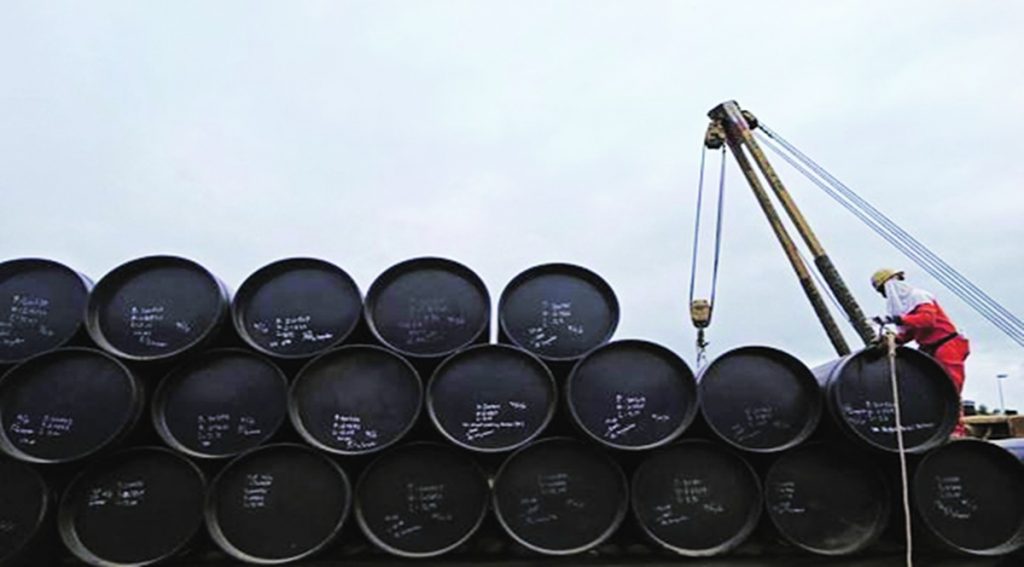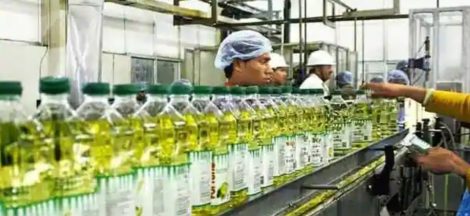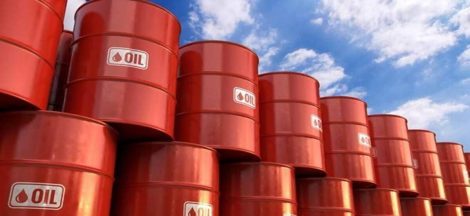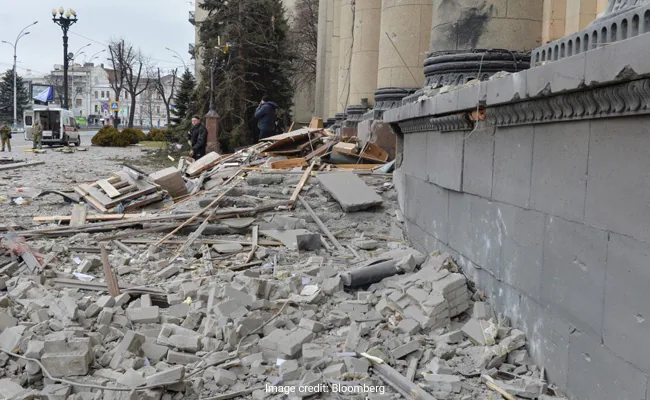With the price of Brent crude surging past $113 per barrel on Wednesday amid concerns over supply disruptions after Russia’s invasion of Ukraine, and a steep hike in domestic fuel prices looking imminent, the Centre’s ambitious ethanol blending programme (EBP) may get a shot in the arm. The country is dependent on oil imports to meet more than 80% of its oil demands. In 2020-21, state-run oil marketing companies sold 3672 crore litres of ethanol-blended fuel, representing a foreign exchange saving of Rs 9580 crore ($1.3 billion).
According to the Indian Sugar Mills Association (ISMA), the country has a capacity to make 722 crore litres a year of ethanol currently, which will reach 1,500 crore litres a year by 2025. India’s ethanol blending has seen a sharp rise in the last five years, from 2.07% in 2016-17 to 8.10% in 2020-21. To help reduce its dependence on costly oil imports and provide farmers with an additional source of income, the Union government last year brought forward the target to achieve 20% ethanol blending with petrol from 2030 to 2025. “In 2020-21, the OMCs were supplied 302 crore litres of ethanol, from which the country achieved an average blending of 8.10%. We hope to see the country achieving 10% blending target by the end of FY2022 and 20% by 2025,” ISMA DG Abinash Verma said, adding that to meet the target, both the production and demand sides need to work in tandem.
According to the Niti Aayog’s roadmap for ethanol blending, India’s net import of petroleum in 2020-21 was 185 million tonnes at a cost of $55 billion. “A successful E20 programme can save the country $4 billion per annum (Rs 30,000 crore),” it said.
With a view to enhance ethanol production capacity in the country, the central government has notified two interest subvention schemes in 2018 and 2019 for molasses-based distilleries, under which interest subvention at the rate of 6% per annum or 50% of the rate of interest charged.
As per the Niti’s ethanol production projections, India will have 1016 crore litres for 20% ethanol blending by 2025-26, out of which 466 crore litres would be grain-based ethanol, while 550 crore litres would be molasses based.
“We are confident of having enough production capacity to supply the required estimated 1020 cr litres by 2025. The industry has shown a lot of interest in scaling up production, but what needs to be worked on now is to augment the demand said too, which includes getting augmenting the storage capacity in the depots for offtake of capacity and dispensing at retail pumps, which will can provide both E10 as well as E20 fuel. We also need the auto companies to come up with the right kind of cars and two-wheelers that are E20 compatible for the programme to be successful,” he said.
When asked whether the E20 deadline will be preponed, especially in view of the heightened crude oil prices, the ISMA DG said that while production of ethanol can be preponed, the demand cannot be preponed as the auto manufacturers would need time to start rolling out vehicles that are E20 compatible.
“From April 2023 onwards, E20 compatible vehicles will start rolling out and we expect that by 2025, as many as 25% to 30% of the vehicles on the streets would be E20 compatible. But to make 100% vehicles E20 compatible, we would need more time,” he said.
via India Infoline




 Girl students get safe passage as PM speaks to Putin
Girl students get safe passage as PM speaks to Putin 